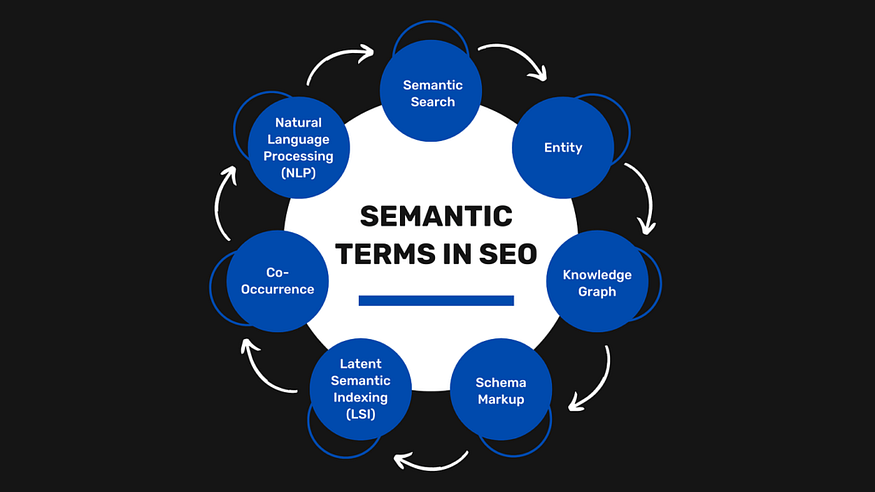What Is Semantic SEO and Why It Matters Today
Introduction to Semantic SEO
Search engine optimization (SEO) is no longer about stuffing keywords and hoping for traffic. In 2025, search engines have grown smarter, understanding not just the words but the meaning behind them. That’s where Semantic SEO comes in.
This guide explains what semantic SEO is, why it’s essential today, and how you can use it to future-proof your content strategy. Whether you’re a student, beginner, or an experienced content marketer, you’ll gain actionable insights from this comprehensive guide.
Evolution of Search: From Keywords to Context
Before we dive into semantic SEO, let’s quickly look at how search has evolved:
- 2000s: Keyword-stuffing, exact match domains
- 2010s: Introduction of Google Panda, Penguin, Hummingbird
- 2015: RankBrain introduces machine learning to Google Search
- 2019: BERT helps understand context of words in search queries
- 2023–2025: Multimodal AI (SGE, ChatGPT integration, etc.) prioritizes user intent and semantic meaning
Old SEO vs. Semantic SEO
FeatureTraditional SEOSemantic SEOFocusKeywordsMeaning & contextGoalMatch search termsSatisfy user intentTacticsKeyword densityTopic modeling, structured data
What Is Semantic SEO?
Semantic SEO is the process of creating content that is optimized not just for keywords, but for the meaning and intent behind a search query.
It involves:
- Understanding user search intent
- Covering a topic comprehensively
- Structuring content so search engines can understand relationships between entities
Definition
Semantic SEO is the practice of building topical authority by creating content that aligns with searcher intent, using structured data, internal linking, and context-aware language.
Key Concepts in Semantic SEO
1. Entities
Entities are concepts or things (people, places, organizations) that search engines can understand independently of keywords.
Example:
Keyword: “Apple” Entity: Apple Inc. (company) or apple (fruit)
2. Search Intent
What is the user actually trying to achieve? Informational, navigational, transactional?
3. Topical Authority
Creating content across a topic cluster builds credibility in the eyes of search engines.
4. LSI (Latent Semantic Indexing) Keywords
Related terms that help provide context (e.g., “lens” and “camera body” for a DSLR article)
5. Structured Data (Schema.org)
Using schema markup to make your content machine-readable.

Also Read: How Email Marketing Works: From List-Building to Conversion
Why Semantic SEO Matters in 2025
1. AI and Search Are Smarter
Google uses machine learning (e.g., RankBrain, MUM) to understand content contextually.
2. Better Content Visibility
Semantic content ranks better in AI-driven search results and featured snippets.
3. User Experience (UX) Is Key
Content that aligns with intent gets longer dwell times, lower bounce rates, and higher engagement.
4. Google SGE & ChatGPT Search
Search is becoming more conversational and generative. Semantic-rich content is more likely to be summarized or cited.
Read our Article to Know more about Semantic SEO



Comments
Post a Comment